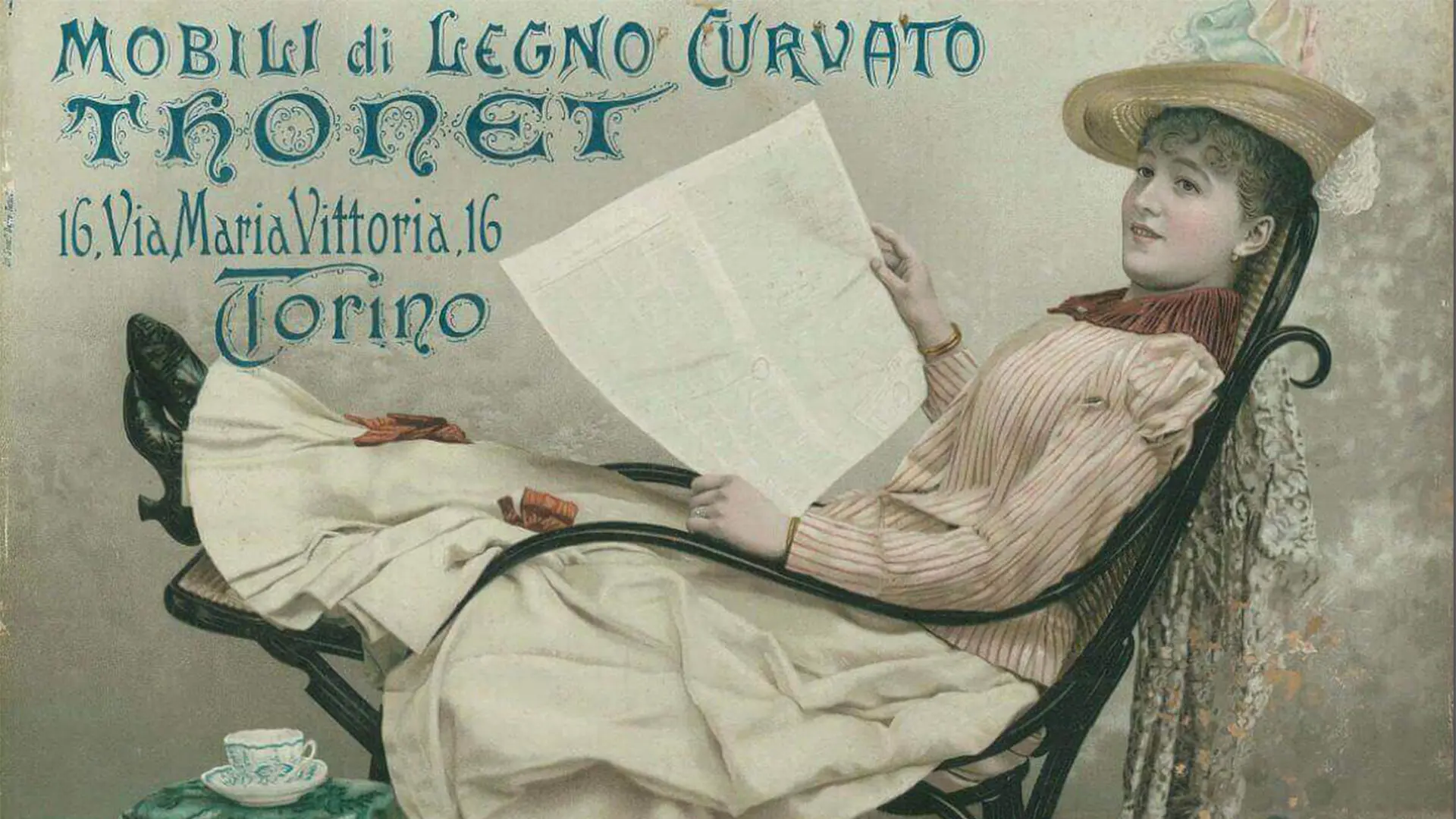Smart and sustainable purchases: how to make the most of the appliance bonus and how to apply. Requirements, amounts and limits to be aware of

Courtesy of Gebrüder Thonet Vienna GmbH
The great masters of the 20th century, a focus on the social networks, the centrality of stores and product catalogues: for three of the industry’s companies, communication is the beginning of a project in the round
“In my posters, in my advertising messages, I have always looked for synthesis, expressive impact, sometimes envying so-called pure art for its ability to play on ambiguity, on the not clearly defined.” Armando Testa is considered to be the father of Italian advertising who, more than any other, left his mark on the history of Italian communication in the 20th century. His creations have brought the ephemeral and volatile world of publicity closer to the world of art, thanks to their powers of expression, the beauty of the images and the concepts channelled simply and clearly.

Knoll, Massimo Vignelli Advertisement, 1969, courtesy Knoll Archive
Over the last century, a deep-rooted and successful connection has been forged between furnishing and communication, especially on a visual level. In the chairs, tables and office furniture segment, which grew both during the toughest phase of the pandemic and over the last few months, according to the Csil World Furniture Outlook 2021, this combination has spawned advertising that has become so well-known as to become iconic. Kartell, Knoll and Gebrüder Thonet Vienna GmbH (GTV) are just some of the brands that have leveraged their powers of communication through advertising images and claims and scored highly with their target groups. In more than 80 years, Knoll has collaborated with all the leading international talents, helping to generate a heritage still very much alive today. “A contemporary woman who frees herself and her time, a future that has become the present, the versatility of the compositions, a contemporary classic: these are just some of the images selected to narrate the furnishing products by Eero Saarinen, that have kept the fascination with the future going for over 70 years, keeping up with the changes over time, while remaining faithful to the original idea. From the 1940s to the present day, great masters of communication such as Herbert Matter and Massimo Vignelli have narrated topicality differently, thanks to this universal interpreter. Under the banner of Modern Always, the printed publicity campaigns and their images have revealed the essence of modern life, with a contemporary approach that also looks to the past. Knoll’s vision and its values are represented, juxtaposing the latest collections, modern classics and iconic products,” said the company.

Knoll, Herber Matter Advertisement, “Tulip Chair”, courtesy Knoll Archive
Gebrüder Thonet Vienna GmbH is a historic company that has branched out all over the world with manufacturing activities throughout Europe. “From the early 20th century onwards, as far as we can tell, GTV was disrupted only by World War Two, no advertising exists. To begin with, we produced a bit of everything: chairs, beds, tennis rackets. Then the company started specialising in chairs and, over the last few years, has become a brand with a catalogue featuring a huge range of furnishing products for total home living. GTV was relaunched not just in terms of production, but also in terms of corporate, traditional and digital communication, with photos of products in actual settings, produced by photographers and stylists within the sector,” the company’s Italian headquarters said.

Courtesy Gebrüder Thonet Vienna GmbH
Gebrüder Thonet Vienna GmbH’s communication philosophy consists of having a consistent and coordinated image that starts with the catalogue and extends to the website and social media channels: “There are no ad hoc campaigns or claims, but often, when we’re taking the photos for the catalogue, we have the publicity campaign in mind and include settings that range from classic to contemporary. At the moment, we are focusing on publicity campaigns on Instagram, produced ad hoc for the social channels, with much freer briefs. They are images that need to make their mark immediately and don’t have to be too sophisticated.”

Courtesy Kartell, ph. Helmut Netwon
“Kartell has put its back into communication ever since the company was first set up, believing then as now that the product is just one of the elements of a broader project and that the image and the means of presentation form a substantial part of the project itself,” said Kartell’s Marketing and Retail Director Lorenza Luti, emphasising that, rather than publicity, the company sees as communication in the round, starting with the catalogue and ending with the shop windows. “Every campaign is designed to underpin a product launch or an event at a particular time. The image we have chosen to channel for the 2022 catalogue, for example, narrates a Kartell that encapsulates the concept of lifestyle and home living in its entirety, thanks to the ample range of products, including new segments, from fabric to outdoor. Over the last few years, we have brought together the product and the beauty of Italy, with photoshoots in symbolic parts of the country, from Venice to Capri, Tuscany, Puglia, Liguria and Val D’Aosta. But there have also been campaigns that have hinged on the theme of art, on respect for nature or Pop images geared to underscoring the characteristics of some of the collections.” For fans of the Kartell world, the best way to find out more about the history of the brand is to visit the corporate museum at Noviglio, just outside Milan, and leaf through the two books packed with Kartell images: kARTell and Kartell. The Culture of Plastics, which are crammed with examples, ranging from photos by Giovanni Gastel to those of Ugo Mulas, shots by Helmut Newton and those of David LaChapelle.


 Stories
Stories









